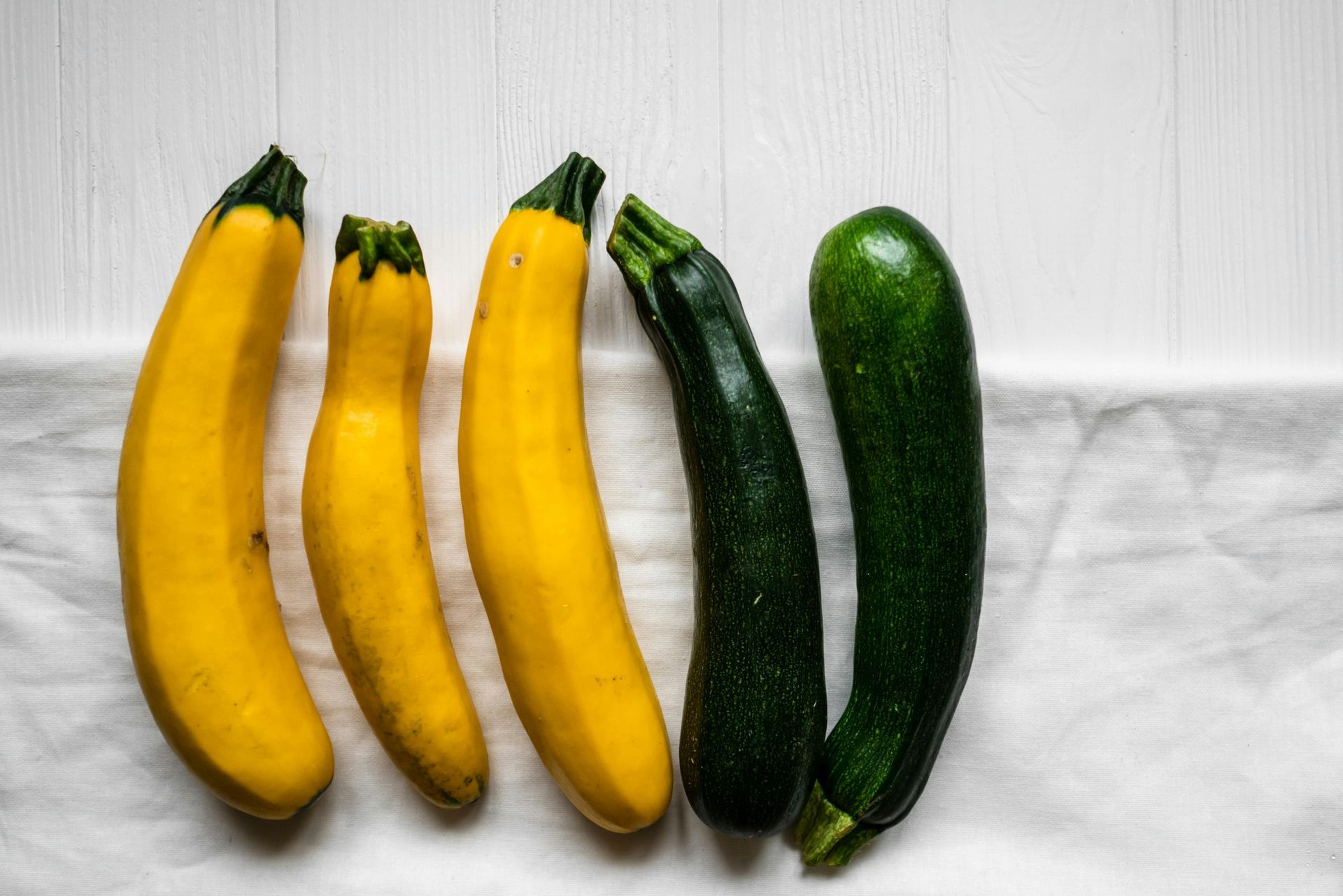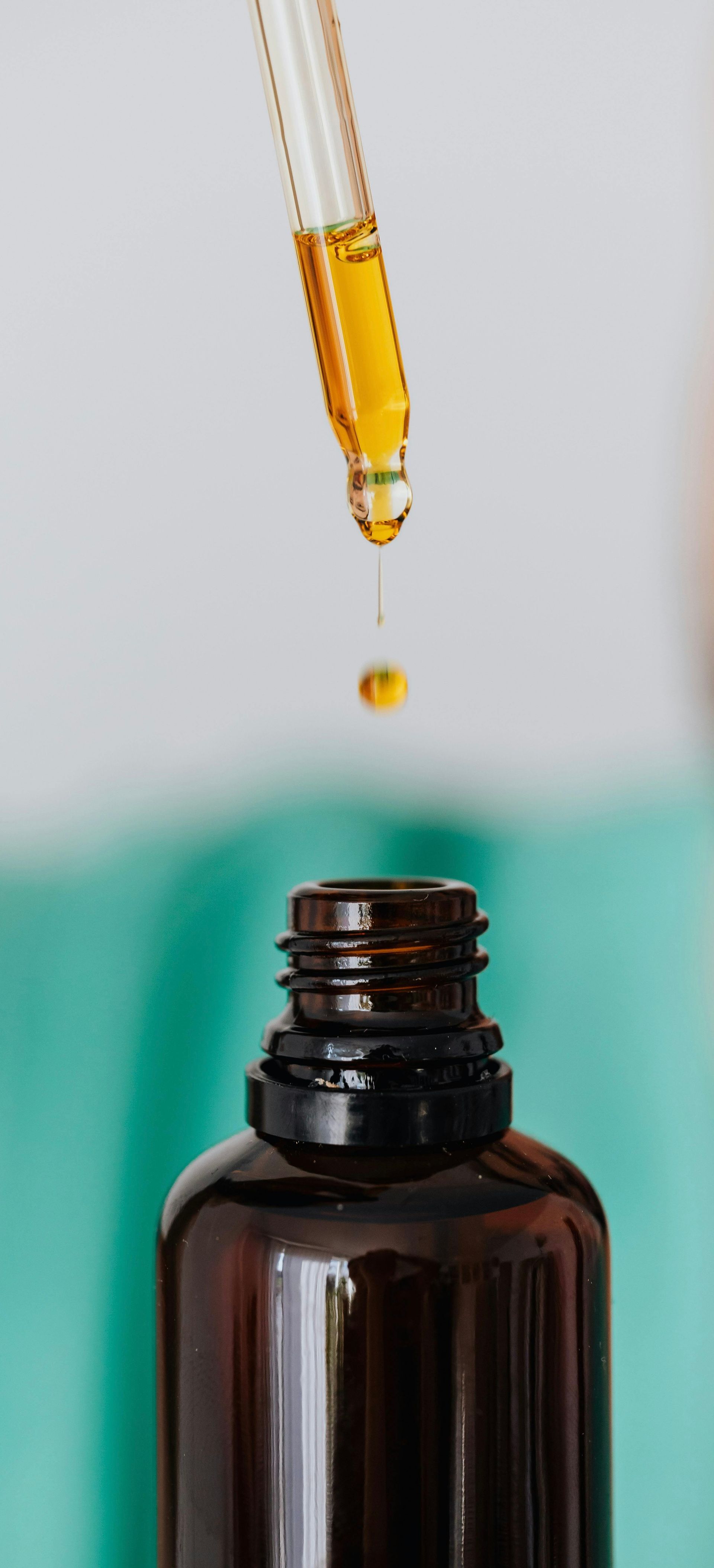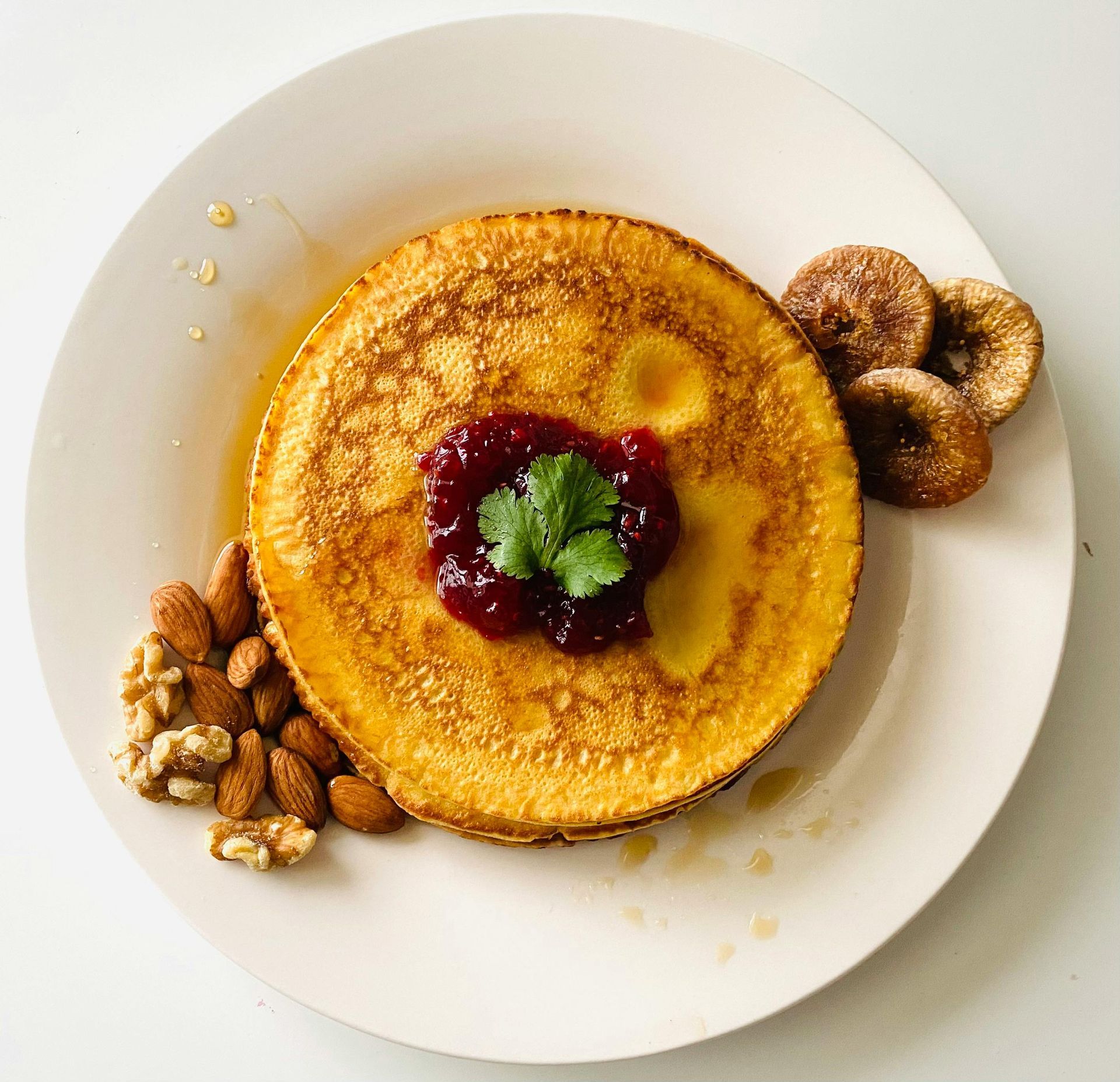Plant Based Milks
Tea Time with Jo | Plant Based Milks
By request of an IG question box I posted a while back, today I’m going to be talking about milk alternatives and their pros and cons. Nutritionally, nothing beats raw or low temp pasteurized, A2, non-homogenized dairy milk. It is loaded with good stuff including protein, healthy fat, healthy carbs, vitamins and minerals. Plant based alternatives don’t come close. However, some folks just can’t digest dairy milk properly without it causing digestive upset, mucus or inflammation. (Check out
this post for more details on that and why raw or low temp pasteurized is superior. ) For these folks, plant based milk (aka “mylk”) may provide an alternative that is healthier for the individual.
However, not all “mylks” are created equal and each comes with their own pros and cons. Below, I’m going to share some of the pros and cons of some of the most popular options of milk alternatives. Hopefully this info will help you decide which version is best for you.
Almond/Cashew/Walnut/Macadamia Milk
Pros: Contains protein and healthy fat. Depending on the type, the flavor can be fairly neutral.
Cons: Less protein and overall nutrition than dairy milk. Can be inflammatory for some.
Coconut Milk (Full Fat-in a can):
Pros: High in healthy fat, good source of minerals.
Cons: Protein content is debatable. Strong coconut flavor that may interfere with your recipe.
Soy Milk:
Pros: Very nutritious, containing about the same protein as dairy milk. Contains minerals. Fairly neutral flavor.
Cons: Finding Organic and Non-GMO soy in the USA is very challenging. Homemade soy milk from organic, non-gmo soybeans would be the only option I would even entertain here in the U.S.
Flax/Hemp
Pros: Contain healthy fats and some mineral content.
Cons: In general, no where near as nutritious or as digestible as any of the other plant based milks. Can be inflammatory for some.
Oat/Rice Milk
Pros: Contains some protein and complex carbohydrates. Some mineral content.
Cons: A lot of the nutrition in grains are better accessed via fermentation. I have yet to find a company that ferments grains before making them into “mylk”. Non-organic varieties are heavily sprayed with pesticides and/or folic acid which is synthetic and hard to metabolize for a lot of people. Any benefit is practically negated if not organic.
Regardless of the plant based milk that you chose, you should be reading the label and making sure that it is made only with the main ingredient and water. Perhaps the addition of some things you can easily recognize such as sea salt or vanilla extract. If the label goes on to say “less than 2%…” that is a red flag. A good milk alternative should be free of added ingredients such as added sugar, inflammatory oils (such as canola, rapeseed, sunflower, etc), carrageenan, gums and synthetic vitamins.
Notes on Carrageenan and Gums:
These ingredients are added as thickeners in a lot of milk alternatives. While some amounts may be ok for some, these thickeners can have undesirable effects on the gastro-intestinal system that can include negatively impacting the health of your gut lining and microbiome. One of the most popular gums, Xanthum Gum, is often derived from GMO products such as corn, wheat and soy. Additionally, it can also be derived from dairy which would make it not suitable for those who chose to pursue a vegan diet.
Something Else to Consider:
One “con” that several plant based milks share is the negative environmental impact. A lot of these plant based ingredients place a large strain on the environment either from a water consumption standpoint or a deforestation standpoint. It is important to choose products that are produced responsibly, regeneratively and organically whenever possible.
Bottom line, while none of these options can compare to the nutrition of dairy milk, they can certainly be healthy additions to your nutrition as long as they are sourced responsibly and free of unnecessary added ingredients.
I hope you found this blog helpful. If you did, please feel free to share it with anyone you feel might benefit. Stay tuned to the blog as I will be sharing a delicious recipe you can make with non-dairy milks in the coming weeks, just in time for the cooler months.










